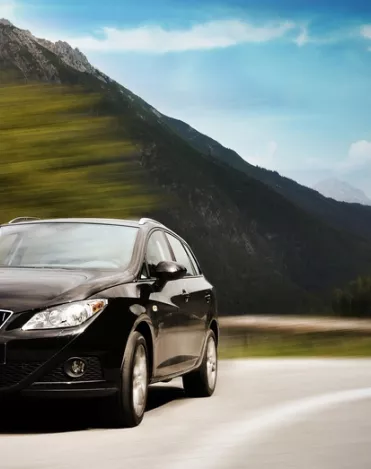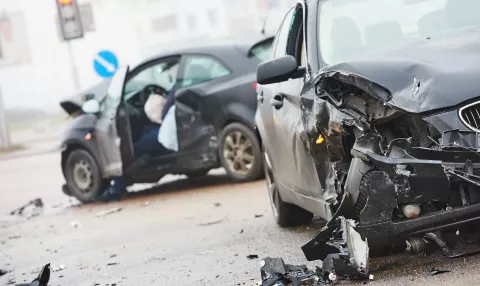Tips to reduce your fuel consumption
Have you heard about the increase of fuel prices? You sure have. Point S helps you in providing you some elements to reduce your fuel invoice: the impact of your tyres, traffic jam, weather, speed, traffic conditions, driving style… You will have all the keys to manage by your own your fuel consumption.

What is the impact of my tyres on fuel consumption?
Did you know that tyres can account for up to 20% of a vehicle’s fuel consumption?
You need to choose them carefully to optimise your fuel consumption: tyre size, tyre pressure, and tyre wear are elements that you must take into account before buying tyres.
If we talk about tyres with the same width but different diameters, the one with the larger diameter will help in increasing your vehicle's fuel economy as the larger the diameter the smaller number of times the wheel has to rotate to cover a given distance, resulting in less RPM.
Tyre pressure is crucial since low tyre pressure increases rolling resistance and impact wet grip performance. Be sure to inflate your tyres properly!
Ask your nearest Point S centre for more information. Do not hesitate to contact your Point S centre to get some help or advices to choose the best tyres for your vehicle or to check your tyre pressure.
Which other factors will reduce my fuel consumption?
Other factors influence your fuel consumption like traffic jam, speed, driving in cold weather, the amount of air drag on your vehicle, traffic conditions and your vehicle configuration (engine type...). We give you some tips to optimise your fuel consumption.
Shut off your engine for a stop of more than 30s
Today’s cars use electronic fuel injectors that permit to not waste fuel during startup. However, do not do it in street traffic since it can be dangerous due to switched-off cars.
Adapt your driving style
If you want to drop your fuel invoice, we advise you to drive steadily. Also, when you drive too fast, it deforms your tyres. And do you remember that tyres play an important role in fuel consumption?
Fill up your gas tank on mornings when it’s not too hot
Fuel evaporates when it is too hot outside. You can have the same problem when your tank is empty. It is better to fill up your fuel tank before it is totally empty to avoid this phenomenon.
Close your windows and avoid heavy stuff
Do you have a roof box or a bicycle rack? If you don’t need them, don’t take them with you. In fact, you should avoid all rooftop cargo carriers because they slow your car down and so use more fuel. Besides, avoid to open your windows especially on highways because it implies additional efforts and overconsumption.
How can I calculate my own fuel consumption?
You don’t need to be an expert to calculate your own fuel consumption. Point S gives you 3 easy methods to calculate it and then manage your fuel consumption:
I look at the average consumption given by the constructor
Each car has a specific fuel efficiency (measured in litres/km) and an amount of fuel in the gas tank. When you buy your car you get a technical specifications sheet where you can find the average consumption of your car. It is an average so it may vary for each car driver.
I check on my dashboard
To get an exact fuel consumption you can use your dashboard where you can find the number of kilometres travelled and the number of litres used. Think to set to 0 your trip odometer after your fill up your fuel tank to get your correct L/km consumption.
To get your right consumption, you should wait a little bit as during the first kms your fuel consumption may be high.
I calculate by myself
If your car doesn’t offer you your L/km consumption and you want to calculate it by yourself you can set to 0 your trip odometer after you fill up your fuel tank. Now you know how many litres you put in your car and you will know how many kilometres you have done for this amount of fuel when it will be empty again. Then you just have to do: (Number of litres/Number of kilometres)*100 and you will know your L/Km fuel consumption.
For instance, if you put 10L in your car and you did 200km with it, it means you consume 5L per 100km travelled with your car.
Doesn’t it look easy now? Choose carefully your tyres, change your conduct habits and you will see your fuel invoice decreases. Besides, in reducing your fuel invoice you will also drop your emissions of carbon dioxide and that is good for our environment!
For more information and advice, make an appointment directly with one of our experts!


